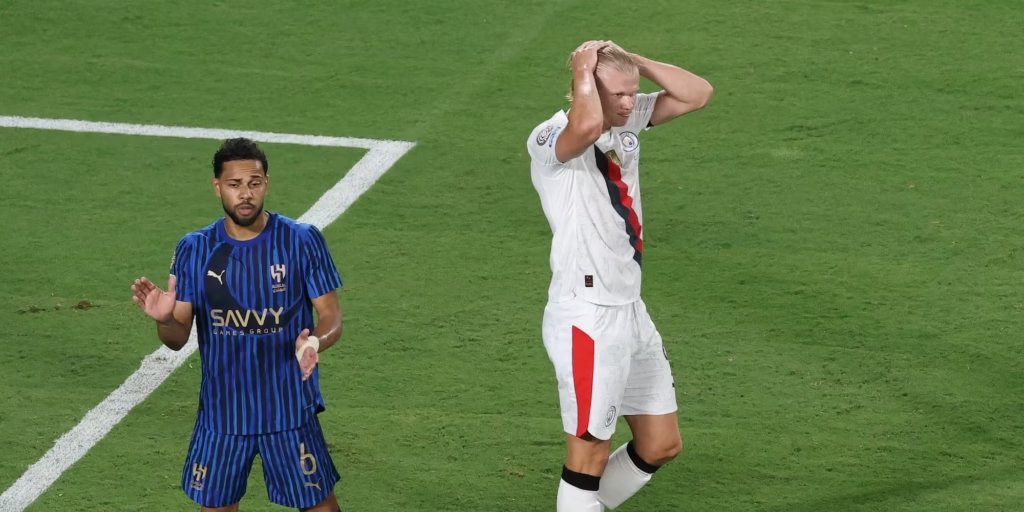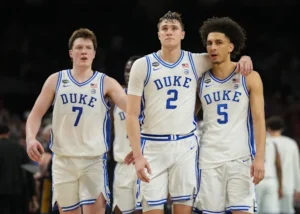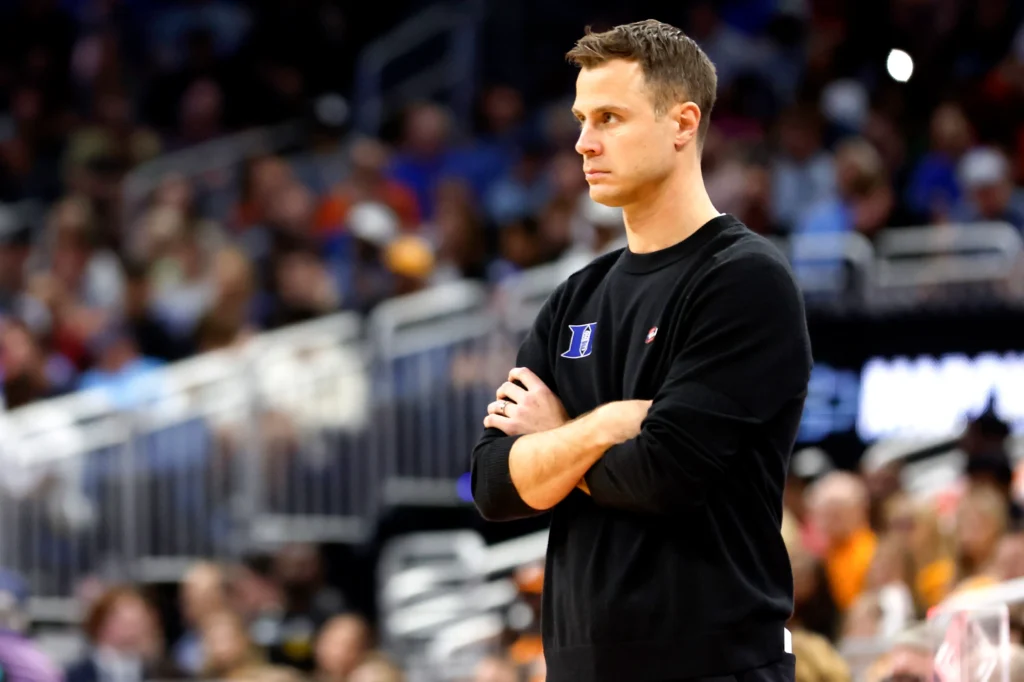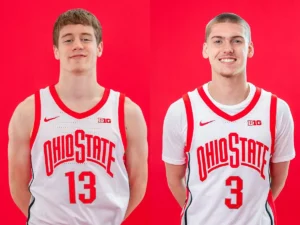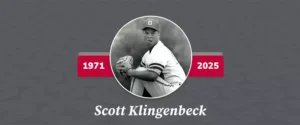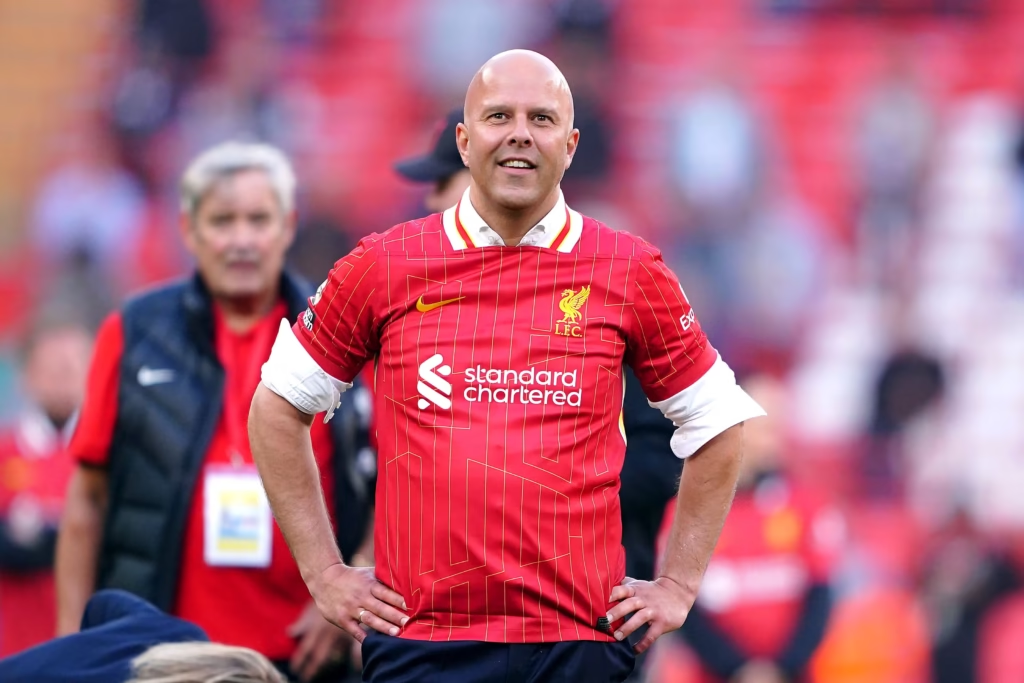
Liverpool have entered the 2025–26 summer transfer window with a definitive ambition: to reinforce a Premier League–winning squad and elevate their Champions League credentials. After sealing the domestic title last season, manager Arne Slot has pivoted from tactical refinement to roster augmentation. The Reds have already completed an almost £200 million spending spree, targeting key positions including right and left-back, midfield creativity, goalkeeping depth, and enhanced squad balance to challenge on all fronts.
The first major arrival was right-back Jeremie Frimpong from Bayer Leverkusen for around £29.5 million. A dynamic, pacey full-back with direct attacking instincts, Frimpong is set to replace the departed Trent Alexander-Arnold, whose move to Real Madrid left a creative and tactical void. Frimpong’s arrival signals a new approach for Liverpool—a shift from deep-lying, long-range passers to vertical, high-press attacking full-backs. Slot’s emphasis on transitional speed and overlapping play suits Frimpong’s natural tendencies, making the Dutchman a crucial part of Liverpool’s defensive and attacking future.
Midfield domination followed with the historic signing of Florian Wirtz, also from Bayer Leverkusen, for an initial £100 million plus add-ons, potentially rising to a British-record £116.5 million. The 22-year-old German represents elite creativity, advanced playmaking, and tactical versatility—qualities perfectly aligned with Slot’s high-octane football. Wirtz chose Liverpool over European giants including Manchester City and Bayern Munich, underlining the club’s pull and competitive direction. Slot envisions Wirtz as the central engine of Liverpool’s attacking build-up, with the freedom to float between the lines and supply attacking threats like Mohamed Salah, Luis Díaz, and Darwin Núñez.
Recognizing the need for a commanding left-back to prepare for the post-Robertson era, Liverpool completed a £40 million acquisition of Milos Kerkez from Bournemouth. The 21-year-old Hungarian, praised for his overlapping runs, accurate crosses, and relentless energy, will challenge both Andy Robertson and Kostas Tsimikas for minutes. His signing also fits Liverpool’s broader philosophy—finding younger players with upside who can either start immediately or grow into pivotal roles. Kerkez’s multi-season deal reflects Liverpool’s plan to future-proof their backline with a mix of youth, pace, and technical flair.
Goalkeeping depth was another priority, especially with backup Caoimhín Kelleher’s departure. Valencia’s Giorgi Mamardashvili is set to join for approximately £25 million, giving Liverpool a strong, experienced option behind Alisson Becker. In addition, Hungarian youth international Ármin Pécsi was signed from Puskás Akadémia for £1.5 million. Though largely unknown, Pécsi has shown promise at the youth level and will likely serve as a developmental third-choice option, learning from one of the best goalkeepers in the world. These moves show Liverpool’s attention to squad structure—not just headline signings but foundational pieces that ensure resilience across the entire campaign.
On the outgoing side, Liverpool have generated approximately £24 million in sales, with significant departures including Alexander-Arnold, Kelleher, and Nat Phillips. Alexander-Arnold’s exit to Real Madrid marked the end of an era. A local hero and transformative full-back, Trent was synonymous with Jürgen Klopp’s best years. His departure wasn’t just about transfer value but also a tactical shift. Under Slot, full-backs are expected to invert less and bomb forward more aggressively, roles more suited to Frimpong’s profile. Kelleher’s move to Brentford allows him to seek first-team football, and Phillips was granted an exit to pursue regular minutes as well.
One name still surrounded by uncertainty is Ibrahima Konaté. The 26-year-old French centre-back has reportedly declined Liverpool’s first contract extension offer and may be eyeing a move next summer when he becomes a free agent. Rather than risk losing him for nothing, Liverpool may choose to sell this window. If so, Crystal Palace’s Marc Guéhi is among the top candidates to replace him. Guéhi’s consistency, Premier League experience, and composure make him a logical target, though his price tag could approach £70 million. With Jarell Quansah developing rapidly, the club must weigh whether to elevate the youngster into a permanent role or bring in a more experienced option.
Liverpool’s spending this summer, totaling around £196 million so far, shows clear intent. Even with £23.9 million recouped in player sales, the net spend stands close to £172 million. And the window isn’t shut yet. Rumors persist that Liverpool may move for an additional striker, especially if Darwin Núñez does not show signs of progression. There’s also growing speculation that one of the two senior left-backs—Robertson or Tsimikas—may leave before the end of the window to balance the squad and free up wages.
This transfer activity is part of a larger evolution underway at Anfield. Arne Slot has not come in to maintain the status quo. He and the board, led by sporting director Richard Hughes, are working in lockstep to build a team capable of dominating England and Europe simultaneously. It’s a vision of intensity, dynamism, and positional flexibility. The signings of Frimpong and Kerkez directly impact the way Liverpool will transition defensively and offensively. Wirtz will allow them to unlock deeper defensive blocks, something they’ve struggled with in recent seasons. Mamardashvili provides not just depth, but reliable assurance in cup matches and league rotation.
While the fees are substantial, Liverpool’s spending is strategic rather than reactionary. The average age of their incoming players is under 23, meaning these investments are designed to pay off over multiple seasons. The club continues to balance youth and experience, promoting talents like Trey Nyoni and Rio Ngumoha while reinforcing the first team with proven performers. The academy remains a vital source of talent, but the first team is being future-proofed with players who can deliver now.
The risks, of course, remain. Spending over £100 million on Wirtz creates pressure for instant results. Slot, though admired for his tactical IQ and player development, will need to prove himself under the microscope of the Premier League. Integrating new players into a system still evolving post-Klopp will require time, patience, and cohesion. Injuries, chemistry, and fixture congestion could all disrupt early momentum, especially with Champions League group stages packed into the autumn calendar.
Yet this is a bold and deliberate transformation. Liverpool’s hierarchy has chosen to act from a position of strength—fixing weaknesses not out of desperation, but from a proactive desire to stay at the top. Instead of merely defending their title, they’re attempting to expand their dominion. The message to rivals is loud and clear: Liverpool aren’t satisfied with one title—they’re building a dynasty.
Much of their success this season will hinge on how quickly the new signings settle. If Wirtz adapts quickly to the physicality of English football, and Frimpong and Kerkez translate their Bundesliga and Premier League form respectively, Liverpool could be even more dangerous than last year. A refreshed midfield, tighter defense, and better bench strength are all indicators of a team built for consistency and endurance. Rotation options will also help navigate long campaigns, especially with cup competitions and international call-ups.
Fans can also take comfort in the club’s approach. These are not short-term fixes or panic buys. They are cohesive, long-planned moves that align with Slot’s tactical vision. Every signing fits a particular role within his system, emphasizing ball progression, high pressing, and positional play. Slot’s ability to develop players further sweetens the potential—each arrival could still level up under his watch.
As the 2025–26 season approaches, all eyes will be on how Liverpool’s bold transfer strategy translates into results. If successful, this window may be remembered as the turning point where Liverpool transitioned from a Klopp-era powerhouse to a new footballing machine under Slot. It’s a calculated risk—financially and competitively—but it reflects a club that refuses to stand still. They have not only refreshed their squad, but also redefined their ambition. Whether this overhaul leads to another trophy-laden campaign or serves as a lesson in overreach, it’s clear that Liverpool are playing to win, not merely to compete.
